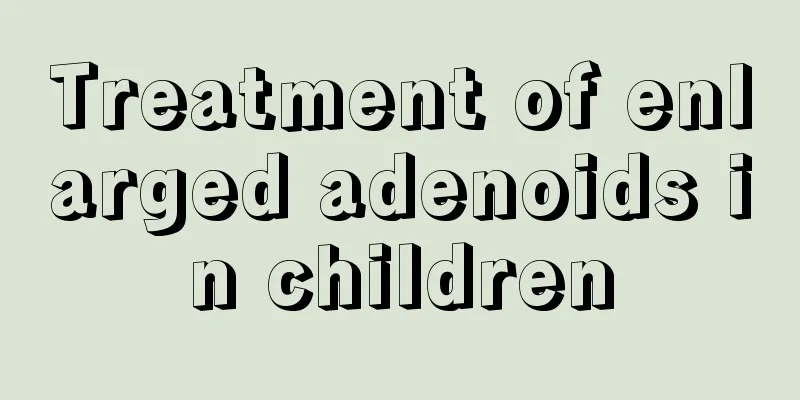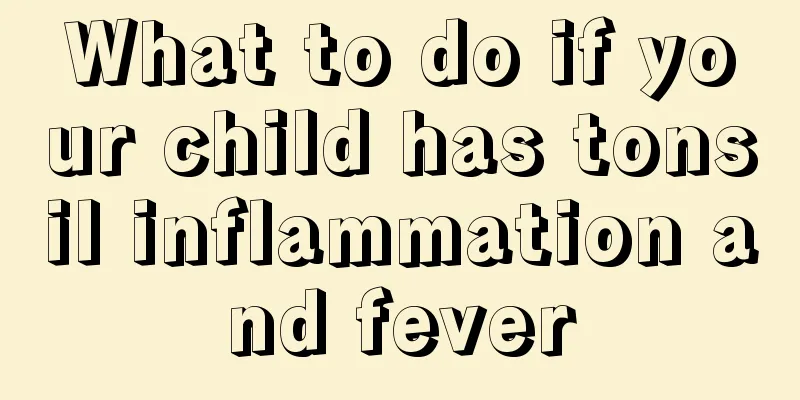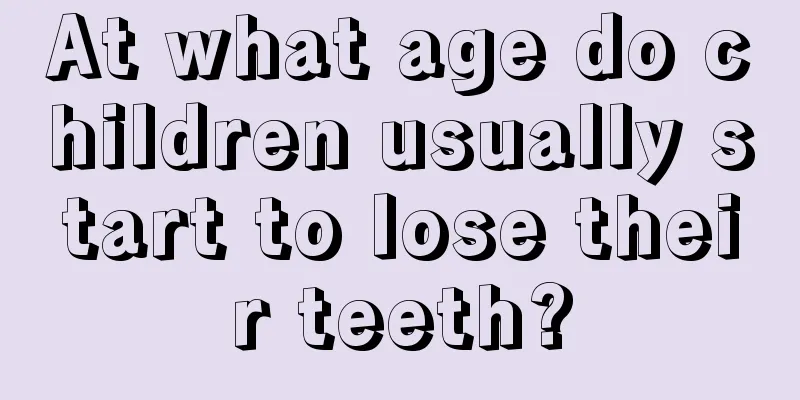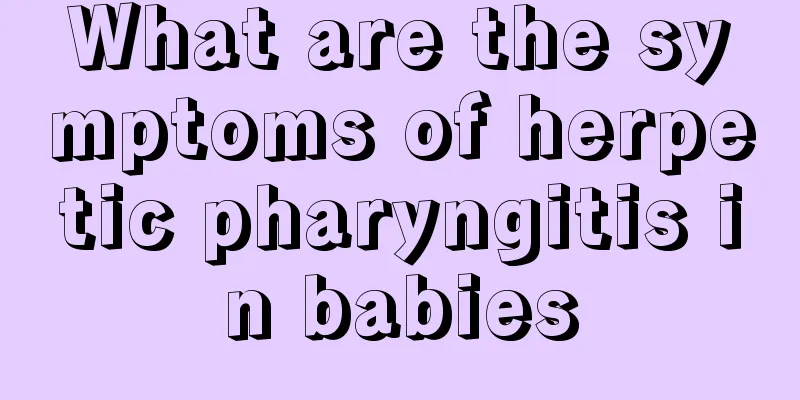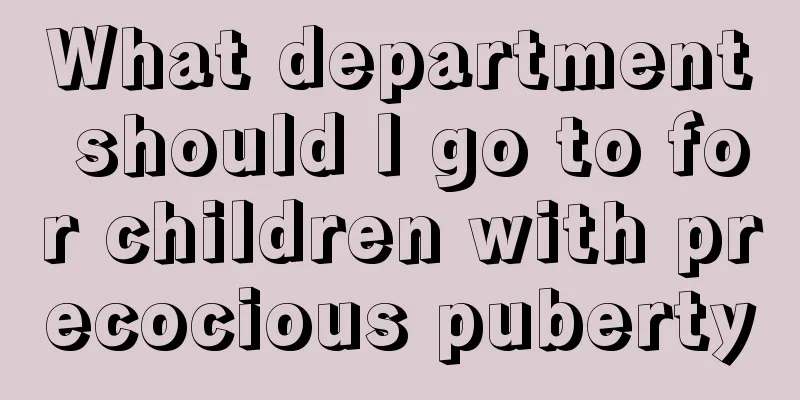What causes glaucoma in children?

|
The physical health of children is very important, but some children still suffer from medical problems. For example, glaucoma is an eye disease, and it is also very serious, so what we should pay attention to is protecting our eyesight. Of course, we need to start from children, but with the development of technology today, children often watch electronic products, which leads to glaucoma problems. And the blue light from electronic products is very scary. So what causes glaucoma in children? Childhood glaucoma is a disease that causes damage to the optic nerve. The optic nerve is composed of many nerve fibers. When the intraocular pressure increases, it can cause damage to the optic nerve fibers and cause visual field defects. Mild visual field defects in the early stages are often difficult to detect, but severe damage to the optic nerve can lead to blindness. Performance Clinically, glaucoma presents as headache, dizziness, eye pain, eye swelling, blurred vision, and halo vision. During an acute attack, severe cases may experience a sharp drop in vision to the point where only light perception is left, and may also be accompanied by symptoms such as nausea, vomiting, chills, and fever. symptom Glaucoma in children What are the symptoms of glaucoma in children? 1. Headache and eye swelling: Due to the sharp increase in intraocular pressure, the endings of the trigeminal nerve are stimulated, which reflexively causes pain in the trigeminal nerve distribution area. Patients often feel migraine and eye swelling. 2. Narrowing of the visual field and decreased vision: Due to high intraocular pressure, the optic nerve is damaged. In the early stage, decreased vision and foggy vision often appear at night and disappear in the next morning. 3. Iris vision: Due to increased intraocular pressure and impaired circulation of intraocular fluids, corneal edema and refraction changes occur. At this time, when looking at sunlight, especially light, a colorful ring with an orange-red outer circle, a purple-blue inner circle, and a green center will appear. When the intraocular pressure returns to normal, the colored ring disappears. This phenomenon is called rainbow vision in medicine. 4. Nausea and vomiting: Increased intraocular pressure can also reflexively cause excitement of the vagus nerve and vomiting nerve center, resulting in severe nausea and vomiting. 5. Symptoms of glaucoma in children include increased intraocular pressure: measured by a Scheherazade tonometer, the normal intraocular pressure range is 10-21 mmHg, and the eyeball is elastic when touched with a finger. When the intraocular pressure rises to 25-40 mmHg, the eyeball feels hard like an inflated ball when touched with a finger. When it rises to 40-70 mmHg, the eyeball will feel as hard as stone when pressed with your fingers. |
<<: Acute sinusitis in children
>>: The site for intramuscular injection in children should be selected
Recommend
Can I turn on the air conditioner when my child has a fever?
In the hot summer, air conditioning has become a ...
At what age does the baby start to have a stomachache?
Babies who are breastfed often do not defecate fo...
Can babies with eczema take a bath?
Eczema is a very common skin inflammation in infa...
Can children with rhinitis be cured?
In recent years. The quality of the air has decli...
What to do if your child has allergic dermatitis
Every parent regards their child as the apple of ...
The child has repeated fever and cough
The physical health of children has always been a...
Healthy recipes for six-year-olds
The physical growth of preschool children is very...
What kind of porridge should the baby eat if he has a bad stomach?
If the baby has a bad stomach, it will affect the...
What to do if a nine-year-old child is constipated
A friend's child is almost nine years old. Fo...
Why is my baby breathing heavily?
Nowadays, any abnormality with a baby will "...
What should I do if my child has a fever of 39.5 and won't go away?
Every child has experienced some health problems ...
What to do if children's earwax becomes hard lumps
Earwax is usually in powder form and is easier to...
How to treat skin allergies in children
Allergy is a common symptom. Although it is not a...
What should I do if my child has diarrhea in the middle of the night?
As we all know, the gastrointestinal function of ...
What to apply when a child is bitten by a mosquito
There are a lot of mosquitoes in the summer. Even...


